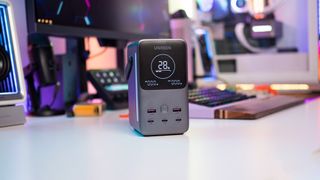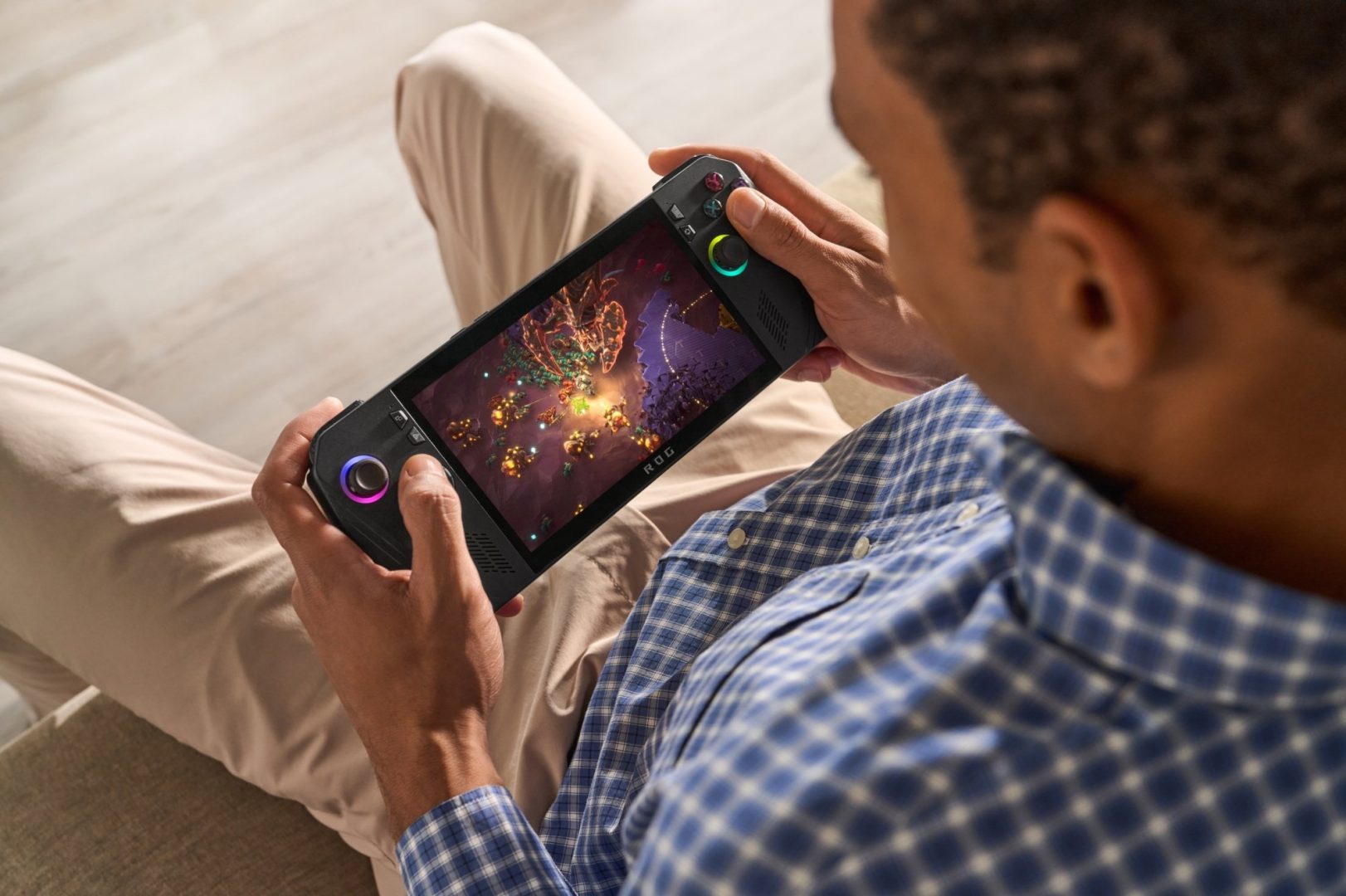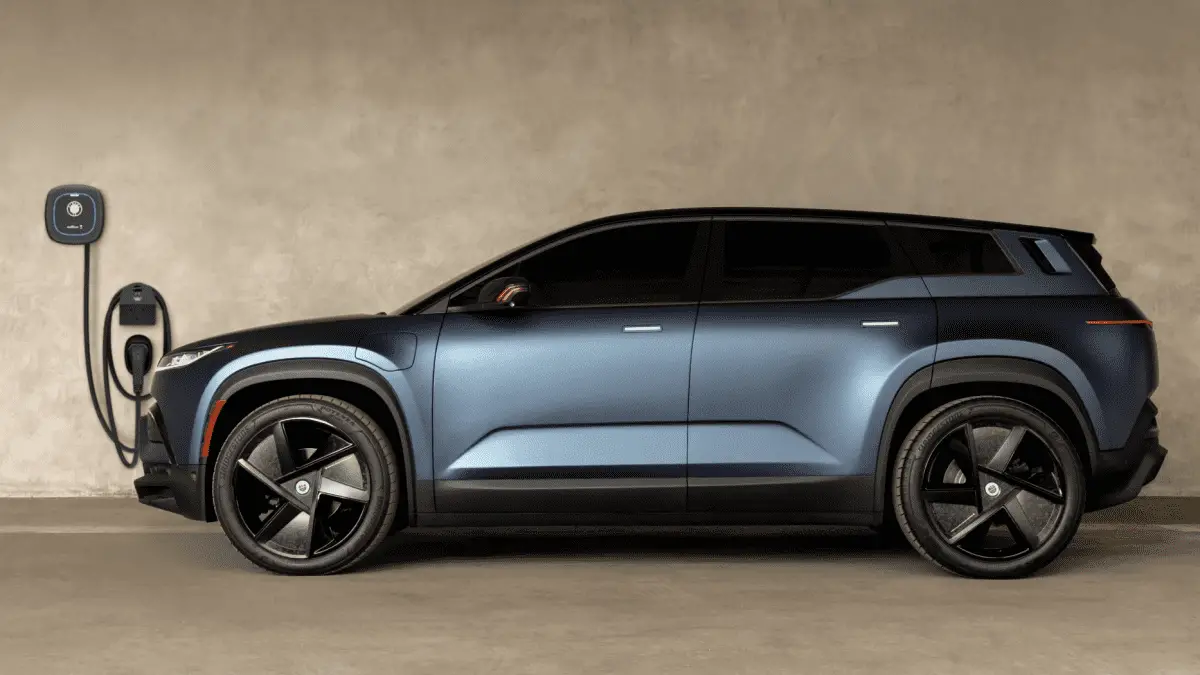Now is the best time to ditch Windows and switch to Chromebooks
Beyond the alphabet (Image credit: Nicholas Sutrich / Android Central) Beyond the Alphabet is a weekly column that focuses on the world of technology inside and outside the confines of Mountain View. Back in April, I wrote an article about the negative stigma that still surrounds the idea of anyone using a Chromebook. Overall, this […]
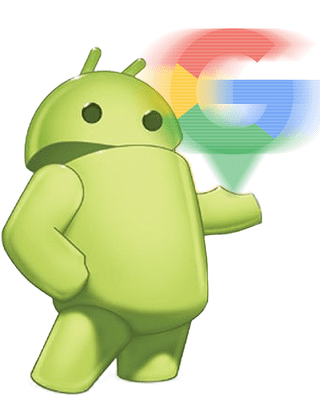
Beyond the alphabet
Beyond the Alphabet is a weekly column that focuses on the world of technology inside and outside the confines of Mountain View.
Back in April, I wrote an article about the negative stigma that still surrounds the idea of anyone using a Chromebook. Overall, this stigma remains, but I think there’s never been a better time to buy a Chromebook over a Windows PC.
If you ask the question here on Android Central, chances are you’ll find that I’m perhaps the most pessimistic member of the team. Although I love and have an affinity for various devices, my mind mostly defaults to the negative aspects. This includes Chromebooks and ChromeOS. So when our Accessories Editor, Namerah, asked my opinion on an article she was working on about moving to Windows, my first impression was one of agreement.
However, after letting my thoughts simmer and marinate a little longer, I came to a surprising and different conclusion. In her article, she explains why she’s ditching Chromebooks and choosing a Surface for her next computer instead. There was a time when I would have said, “Hell, yeah, I can definitely support that.” » However, the days of scoffing at the idea of using a Chromebook over a Windows laptop or MacBook are over, at least in many ways.
Namerah’s article demonstrates how the stigma around Chromebooks is still very present. That’s not to say that its usage experience isn’t valid – it absolutely is – because we all have our preferences, and not everyone will enjoy using a Chromebook as much as a Windows PC. However, Chromebooks are much more capable machines than many people realize.
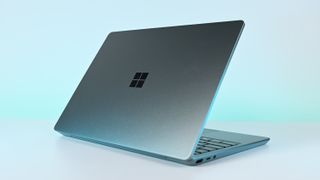
One example highlighted in the article is trying to resize “an image to a specific size or share files to and from a ChromeOS tablet.” For the first one, I’d say it’s actually a little easier to do, because there are two different ways to resize an image.
When using the native Gallery app, there’s a button at the top, which you can then manually resize or choose one of the presets at the bottom. You can also open the Google Photos app, view your images “On Device”, click the Edit button and make changes from there. Not to mention, Google continues to add more editing options, such as Magic Editor with ChromeOS 125.
As for sharing files between devices, that’s something I’ve been complaining about forever, because nothing seems to work as seamlessly as Apple’s AirDrop. Even if it’s still not the case enough As smooth as it should be, Google’s continued improvements to Quick Share have paid off.
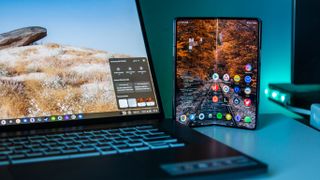
Then there’s Phone Hub, which also works pretty well, although it’s limited to showing you a few recent photos and files. If anything, I’d like Google to make it so that I can view all the files and photos on my phone, not just a handful of the most recent ones.
The article goes on to talk about issues with various devices not working with Chromebooks. This isn’t something I’ve encountered frequently, and the only times I’ve personally encountered issues is when using a gaming mouse. Most of the time, it This is a “sign in” situation, even if the device is not explicitly labeled “Works with Chromebook.” I even managed to get a replacement Apple Magic Trackpad paired with a Chromebook, and it works great.
That’s not to say there isn’t room for improvement, but it’s also something the ChromeOS team is working on. Returning with ChromeOS 123, added the ability to customize your mouse button action, provided you’re using a mouse with more than two buttons. It also added a flag to enable keyboard shortcut customization before it was enabled by default with ChromeOS 124.
Ultimately, Namerah explains how the Surface Go 3 “checks all the boxes” because it “can also be used as a tablet and because it works Windows 11you can use it like any other computer.” This is the part that really caught my attention, simply because I find Windows on a tablet downright horrible.
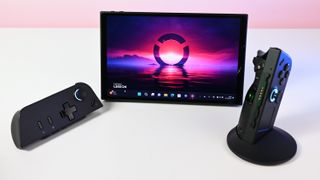
I learned this more and more as I delved deeper into gaming handhelds like the Steam Deck, ROG Ally, Lenovo Legion Go, MSI Claw, and others. Trying to do anything outside of the OEM dashboard without a mouse or keyboard is just asking for punishment. That’s why I have an arsenal of foldable Bluetooth keyboards with built-in trackpads – well, that and my continued love of foldable phones.
Again, I’m not saying Namerah is wrong or I’m right. What I am What I’m saying is that ChromeOS is much better now than it was six months ago. The proof is in evidence, as evidenced by the release of ChromeOS 125 and the announcement of six new Chromebook models.
Late last year, I wrote about the things I hoped to see from ChromeOS and Chromebooks over the course of 2024. In one fell swoop, Google and its hardware partners checked two of the four boxes. ChromeOS 125 brought Gemini integration, something that I think should have been there from the start. Meanwhile, ASUS has introduced a new ChromeOS tablet, and it looks like we might have a few more options in store.
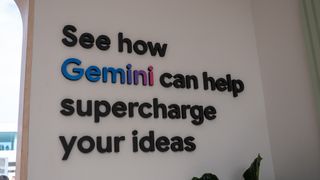
Certainly, I don’t expect to go 4/4 with my predictions. This would require Google to resurrect the Pixelbook successor and release a Chromebook with a dedicated GPU as well as over 128GB of storage. I don’t see any of those things happening, but hey, a guy can dream.
If you’re deciding between a Chromebook and a Windows device, I recommend you think twice. Sure, all the features of Copilot Plus sound cool, but if you look a little deeper, Microsoft turns Windows into the ultimate advertising platform.
Recently, Microsoft has been testing different ways to serve more ads to users, but I’m not just talking about tricking you into setting Edge as your default browser. I mean actual ads from companies other than Microsoft that appear in the Start menu or Settings app. As pointed out Sean Endicott of Windows Central“The fact that Microsoft doesn’t even let people pay to remove ads suggests that the company makes more money from promotions than people would be willing to pay.”
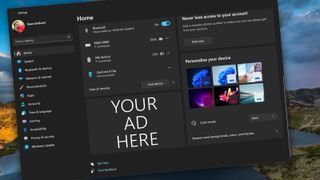
We’ve reached a breaking point where people are creating user-friendly tools to edit the registry in an effort to get rid of ads. It’s also the same reason I’ve been trying to get more familiar with Linux, because the writing is on the wall for the day I’ll have to watch a 30-second commercial just to unlock my Windows desktop.
For now, Microsoft is the only one doing such a thing with its operating system. Google and Apple shove “ads” in your face, but they’re the ones we’ve basically ignored for years and aren’t blatantly added to things like the launcher.
On the contrary, I would say that it is actually the perfect time to change has ChromeOS, especially as more Chromebook Plus devices hit the market. There are still some kinks to work out, but it’s clear that Google is committed to the platform. How often do we get to say such a thing about a product offered by Google?

